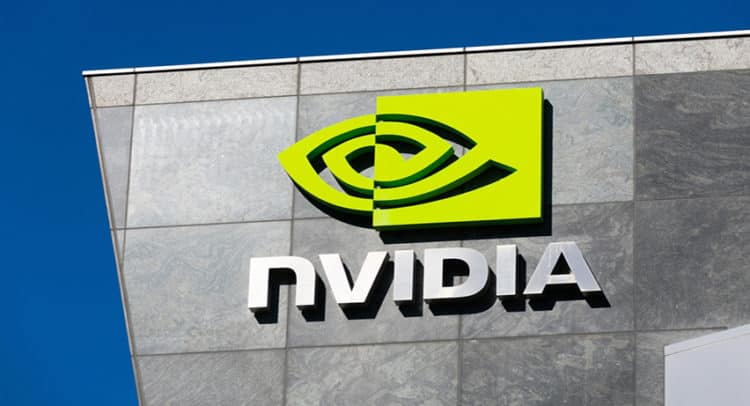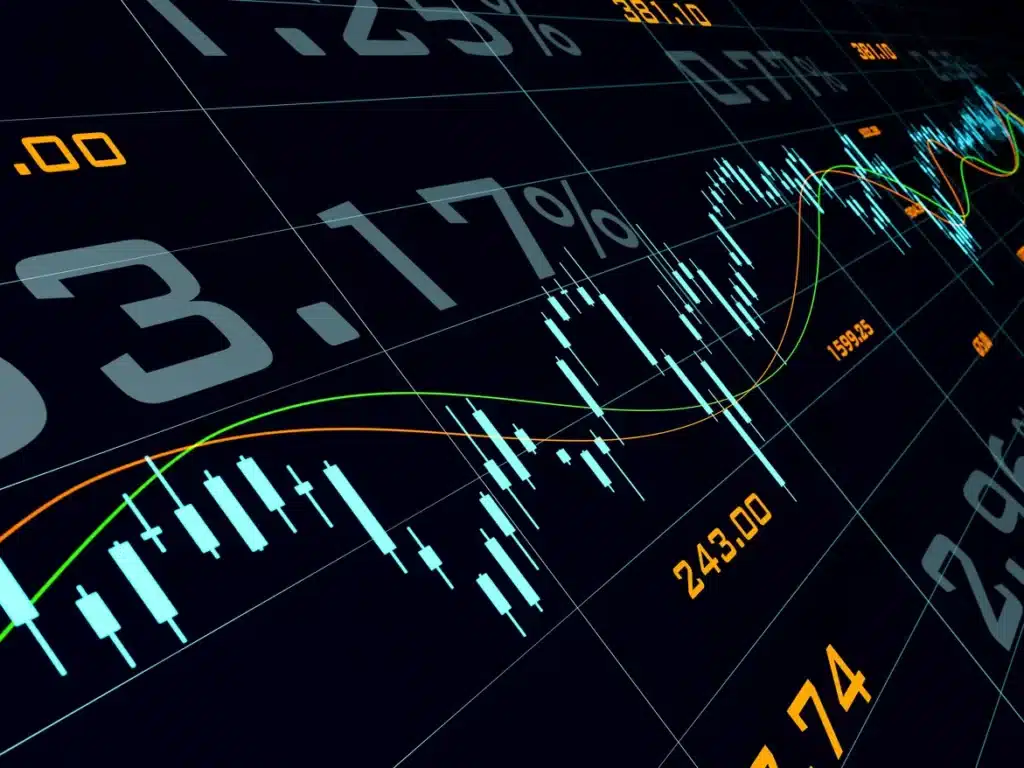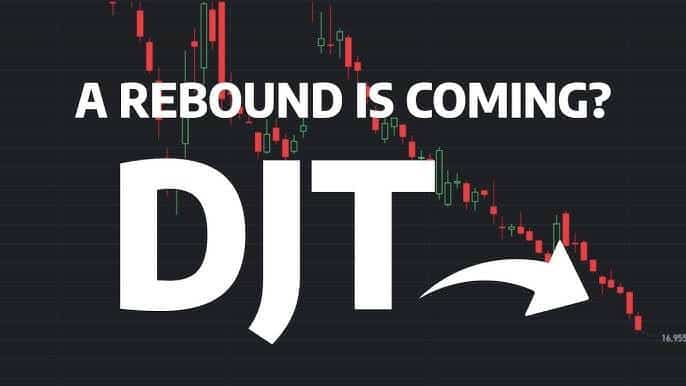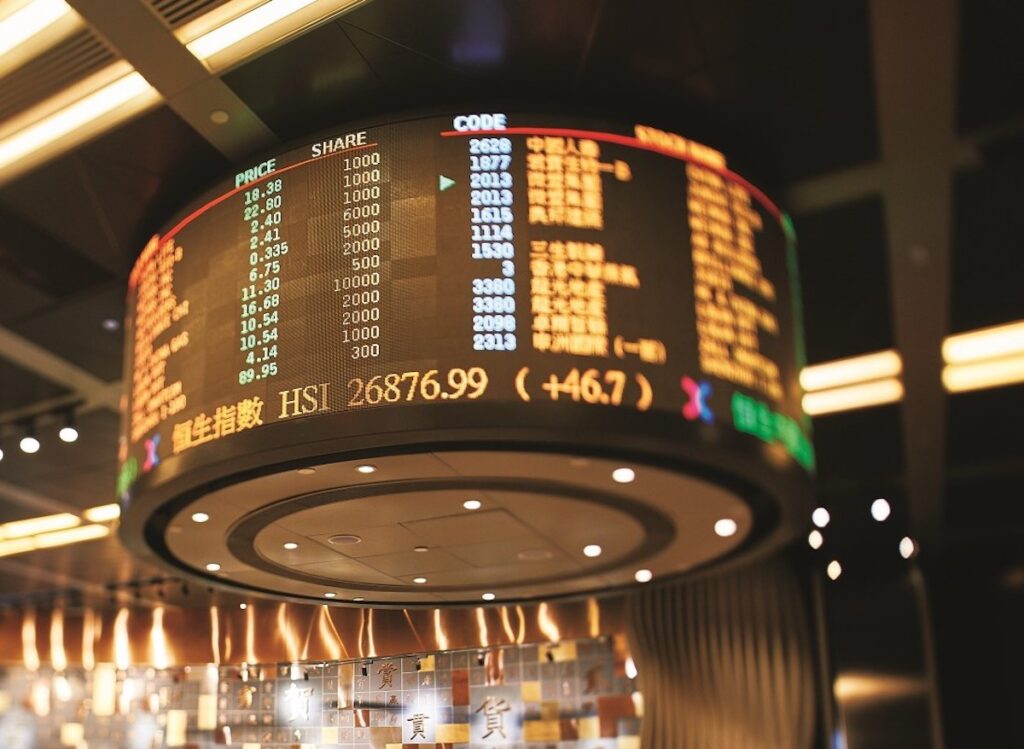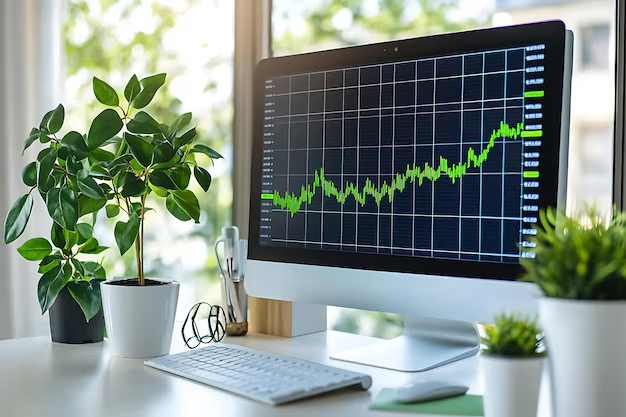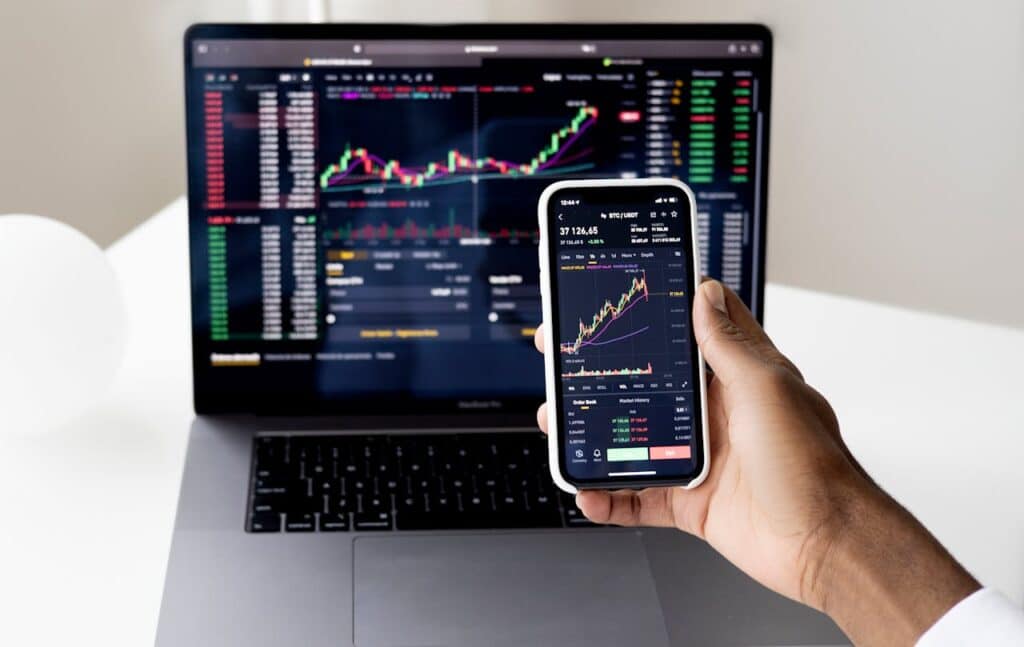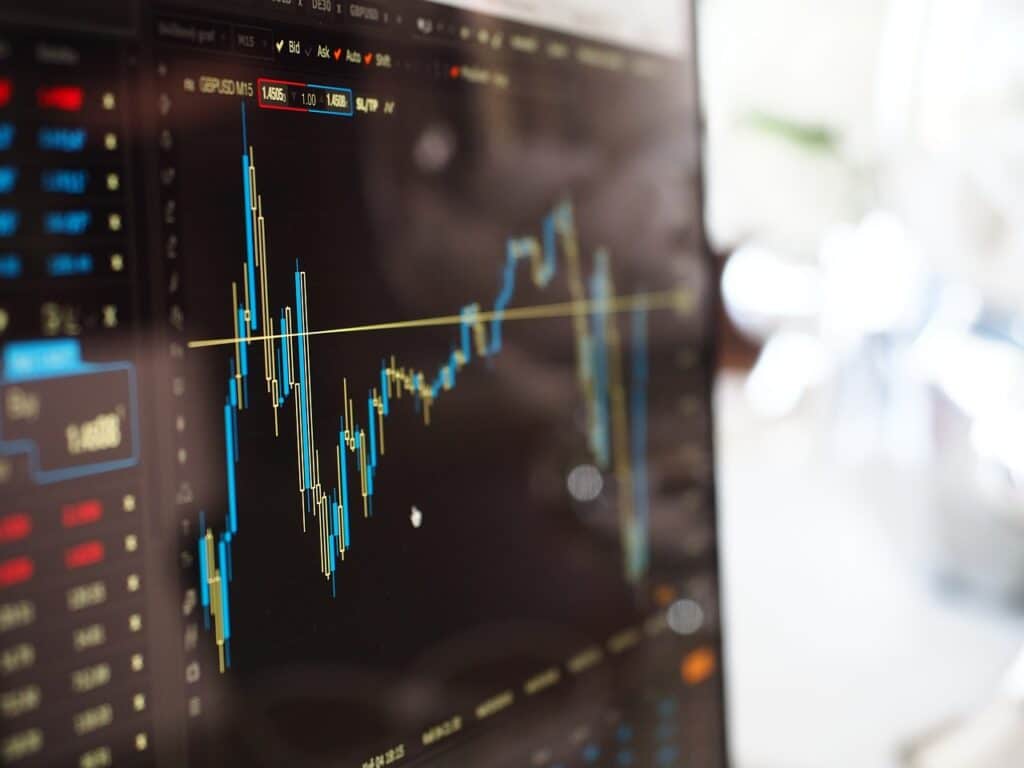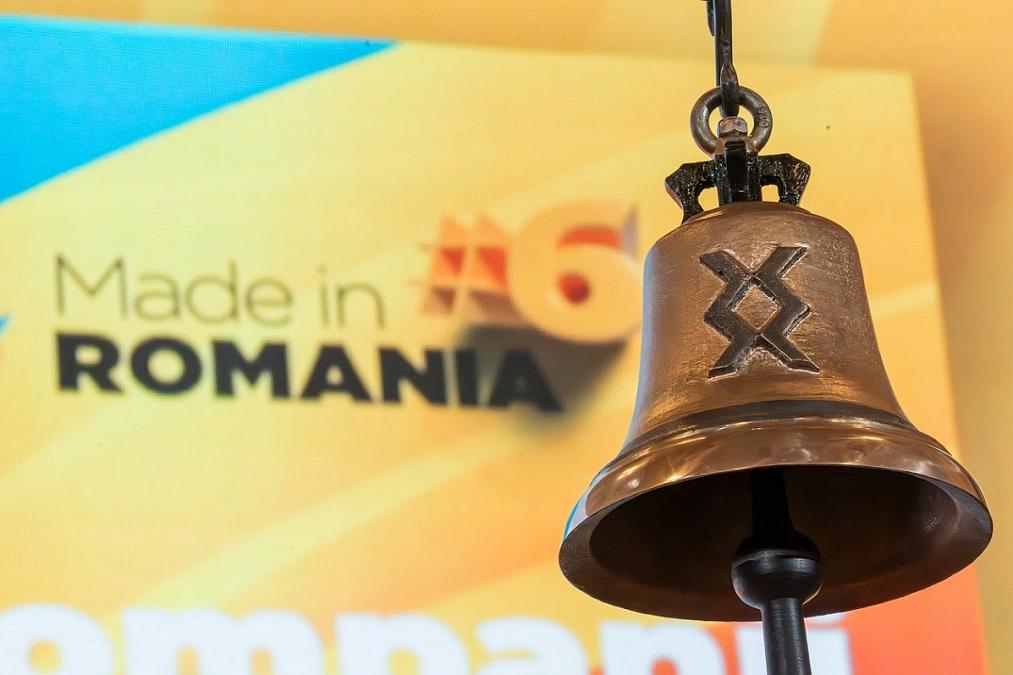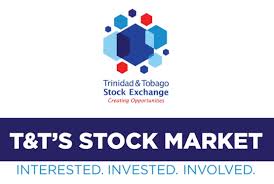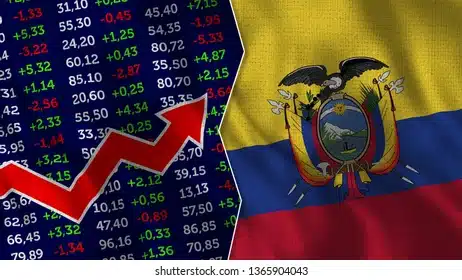Understanding the Lima Stock Exchange (BVL)
The Lima Stock Exchange, or Bolsa de Valores de Lima (BVL), is the primary stock exchange in Peru. Established in 1860, the BVL is one of the oldest stock exchanges in South America and has played a crucial role in the development of the Peruvian financial markets.
The BVL operates under the regulatory oversight of the Superintendencia del Mercado de Valores (SMV), the Peruvian securities and exchange commission. The exchange is home to a diverse range of listed companies, spanning various sectors, including mining, finance, consumer goods, and telecommunications.
Overview of Peruvian Stocks
The Peruvian stock market offers a wide array of investment opportunities, catering to the diverse needs and risk profiles of investors. From blue-chip companies with a strong track record to emerging growth stocks, the BVL provides exposure to a dynamic and rapidly evolving economy.
Some of the key characteristics of the Peruvian stock market include:
- Sectoral Diversity: The BVL features a well-diversified range of sectors, including mining, finance, consumer goods, utilities, and more, allowing investors to diversify their portfolios.
- Commodity Exposure: Given Peru’s rich natural resources, the stock market offers significant exposure to commodity-related companies, particularly in the mining and energy sectors.
- Emerging Market Potential: As an emerging market, Peru presents opportunities for investors seeking higher growth potential and the chance to capitalize on the country’s economic development.
Top list of stock index in Peru
The primary stock index in Peru is the S&P/BVL Peru General Index (SPBLPGPT), which serves as the benchmark for the Peruvian equity market. This index tracks the performance of the largest and most liquid stocks listed on the BVL, providing a comprehensive representation of the overall market.
Other notable indices in the Peruvian stock market include:
- S&P/BVL Peru Select Index (SPBLPSPT): This index focuses on the 15 largest and most liquid stocks on the BVL, making it a popular choice for investors seeking exposure to the blue-chip companies in Peru.
- S&P/BVL Peru Dividend Index (SPBLPDVT): This index tracks the performance of Peruvian companies that have a history of paying consistent dividends, making it attractive for investors seeking passive income.
- S&P/BVL Peru Consumer Staples Index (SPBLPCST): This sector-specific index concentrates on companies operating in the consumer staples industry, providing investors with targeted exposure to this important segment of the Peruvian economy.
Market Capitalization and its Significance
The market capitalization of the Peruvian stock market is a crucial indicator of its size, liquidity, and overall economic significance. As of 2022, the total market capitalization of the BVL was estimated to be over $150 billion, making it the second-largest stock exchange in South America.
This sizeable market capitalization reflects the depth and breadth of the Peruvian equity market, as well as the country’s economic growth and the increasing investor interest in the region. A high market capitalization typically indicates a more mature and developed stock market, which can translate to greater liquidity, lower volatility, and more investment opportunities for both domestic and foreign investors.
Analyzing the Peruvian Economy and its Impact on Stocks
The performance of the Peruvian stock market is closely tied to the country’s overall economic conditions and growth trajectory. As an emerging market, Peru has experienced robust economic growth in recent years, driven by factors such as:
- Stable Macroeconomic Environment: Peru has maintained a stable macroeconomic environment, with low inflation, prudent fiscal policies, and a sound banking system, which has helped to attract foreign investment and support the growth of the stock market.
- Commodity Exports: Peru’s abundant natural resources, particularly in the mining and agricultural sectors, have made it a major exporter of commodities, such as copper, gold, and silver. The performance of these sectors can significantly impact the Peruvian stock market.
- Domestic Consumption: The rise of the middle class and the growing domestic consumption in Peru have also contributed to the growth of the stock market, as investors seek to capitalize on the expanding consumer market.
By understanding the key drivers of the Peruvian economy and their impact on the stock market, investors can make more informed decisions and identify potential opportunities for investment.
Blue-chip Stocks in Peru
The Peruvian stock market is home to a number of blue-chip companies, which are typically large, well-established, and financially stable firms. These blue-chip stocks are often considered the backbone of the BVL and are favored by investors seeking a balance of growth and stability.
Some of the notable blue-chip stocks in Peru include:
- Credicorp Ltd. (BAP): As mentioned earlier, Credicorp is the largest financial services holding company in Peru, with a diversified portfolio of banking, insurance, and asset management operations.
- Compañía de Minas Buenaventura S.A.A. (BVN): Buenaventura is a leading mining company in Peru, with a focus on precious metals such as gold and silver.
- Banco de Crédito del Perú (BAP): The largest bank in Peru, Banco de Crédito del Perú is a well-established financial institution with a strong market presence and a reputation for stability.
- Sociedad Minera Cerro Verde S.A.A. (CVERDEC1): Cerro Verde is a major copper mining company in Peru, with significant operations and a strong financial position.
These blue-chip stocks are often viewed as reliable investments, offering investors the potential for steady growth and dividends, as well as lower volatility compared to smaller or more speculative stocks.
Dividend Stocks: Generating Passive Income
In addition to the blue-chip stocks, the Peruvian stock market also features a number of companies that have a history of paying consistent dividends. These dividend stocks can be particularly attractive for investors seeking to generate passive income from their Peruvian equity investments.
Some of the top dividend-paying stocks in Peru include:
- Credicorp Ltd. (BAP): As a leading financial services company, Credicorp has a track record of paying regular dividends to its shareholders.
- Compañía de Minas Buenaventura S.A.A. (BVN): The mining giant Buenaventura has been known to distribute a portion of its profits as dividends to its investors.
- Volcan Compañía Minera S.A.A. (VOLCABC1): Volcan is a diversified mining company that has consistently paid dividends to its shareholders over the years.
- Empresa de Generación Eléctrica del Sur S.A. (EGESUR): This utility company is known for its reliable dividend payouts, making it an attractive option for income-oriented investors.
By identifying and investing in these dividend-paying Peruvian stocks, you can potentially generate a steady stream of passive income to complement your overall investment strategy.
Investing in Peru’s Mutual Funds
In addition to individual stocks, the Peruvian stock market also offers a range of mutual fund options for investors. These funds provide a diversified exposure to the Peruvian equity market, allowing investors to benefit from the expertise of professional fund managers.
Some of the notable Peruvian mutual fund options include:
- Credicorp Capital Perú Fondo Accionario: This equity fund invests primarily in Peruvian stocks, with a focus on large-cap and blue-chip companies.
- Interfondos Fondo de Inversión Acciones Perú: This fund aims to provide exposure to a diversified portfolio of Peruvian equities, covering a range of sectors.
- Sura Fondo Accionario Perú: Sura’s Peruvian equity fund invests in a mix of large-cap and mid-cap companies, seeking to capitalize on the growth potential of the Peruvian market.
- Compass Fondo de Inversión Acciones Perú: Compass’s Peruvian equity fund offers investors a way to gain exposure to the Peruvian stock market through a professionally managed portfolio.
Investing in these Peruvian mutual funds can be a convenient way for investors to gain diversified exposure to the Peruvian equity market, while benefiting from the expertise and research of the fund managers.
Conducting Financial Analysis for Stock Selection
When investing in the Peruvian stock market, it’s crucial to conduct thorough financial analysis to identify the most promising investment opportunities. This process involves evaluating the financial health, growth potential, and valuation of individual companies.
Some key factors to consider when analyzing Peruvian stocks include:
- Financial Statements: Carefully review the company’s financial statements, including the balance sheet, income statement, and cash flow statement, to assess its financial stability and profitability.
- Valuation Metrics: Evaluate the company’s valuation using metrics such as price-to-earnings (P/E) ratio, price-to-book (P/B) ratio, and dividend yield to determine if the stock is trading at a fair or attractive price.
- Growth Prospects: Analyze the company’s growth drivers, such as market share, product pipeline, and expansion plans, to assess its long-term growth potential.
- Industry Trends: Understand the broader industry and macroeconomic trends that may impact the company’s performance and the overall Peruvian stock market.
By conducting thorough financial analysis, you can make more informed investment decisions and identify the Peruvian stocks with the greatest potential for long-term growth and returns.
Tracking Stock Market Trends in Peru
Monitoring the ongoing trends and developments in the Peruvian stock market is essential for making timely and informed investment decisions. Some key factors to track when analyzing the BVL include:
- Index Performance: Closely follow the movements of the S&P/BVL Peru General Index and other relevant indices to gauge the overall market sentiment and direction.
- Sector Rotation: Observe the performance of different sectors, such as mining, finance, and consumer goods, to identify emerging trends and opportunities.
- Foreign Investment Flows: Monitor the inflow and outflow of foreign capital, as these can significantly impact the Peruvian stock market and individual stock prices.
- Macroeconomic Indicators: Stay informed about the latest economic data, such as GDP growth, inflation, and interest rates, as these can have a direct influence on the Peruvian stock market.
- Regulatory Changes: Keep track of any changes in the regulatory environment, as they may impact the investment landscape and the performance of specific companies or sectors.
By staying up-to-date with these trends and developments, you can make more informed investment decisions and potentially capitalize on the opportunities presented by the Peruvian stock market.
Investing in Peruvian Companies: Opportunities and Challenges
Investing in Peruvian companies can offer a range of opportunities, but it also comes with its own set of challenges. Understanding both the potential benefits and risks is crucial for successful investment in the Peruvian equity market.
Opportunities:
- Economic Growth: Peru’s steady economic growth and the expansion of its middle class present opportunities for companies to capitalize on the growing domestic demand.
- Commodity Exposure: Investing in Peruvian companies, particularly in the mining and natural resources sectors, can provide exposure to the country’s abundant natural resources and the global commodity markets.
- Diversification: Adding Peruvian stocks to your portfolio can help diversify your investments, reducing overall risk and potentially enhancing returns.
Challenges:
- Political and Regulatory Risks: Peru has experienced some political instability and changes in regulatory frameworks, which can introduce uncertainty and risk for investors.
- Currency Fluctuations: Investing in Peruvian companies exposes investors to the risk of currency fluctuations, as the Peruvian sol may experience volatility against other major currencies.
- Limited Liquidity: The Peruvian stock market, while growing, may still have relatively limited liquidity compared to more developed markets, which can impact the ease of buying and selling shares.
By carefully weighing the opportunities and challenges, you can make informed decisions and develop a well-rounded investment strategy for the Peruvian equity market.
Emerging Markets: Peru’s Potential for Growth
As an emerging market, Peru presents significant growth potential for investors who are willing to navigate the associated risks. The country’s robust economic performance, expanding middle class, and ongoing reforms have positioned it as an attractive investment destination.
Some of the key factors that make Peru’s emerging market attractive for investors include:
- Demographic Shifts: Peru’s young and growing population, coupled with the rise of the middle class, can drive increased consumer demand and fuel the growth of various industries.
- Infrastructure Development: The Peruvian government has been investing heavily in infrastructure projects, such as transportation, telecommunications, and energy, which can create opportunities for infrastructure-related companies.
- Regulatory Reforms: The country has been implementing regulatory reforms to improve the business environment and attract foreign investment, which can benefit investors in the long run.
- Diversified Economy: Peru’s economy is diversified, with strong sectors in mining, agriculture, manufacturing, and services, providing investors with a range of investment opportunities.
By carefully navigating the risks and capitalizing on the growth potential of Peru’s emerging market, investors can potentially achieve attractive returns and diversify their portfolios.
Investing in Commodity Stocks in Peru
Given Peru’s rich natural resources, the Peruvian stock market offers significant exposure to commodity-related companies, particularly in the mining and energy sectors. Investing in these commodity stocks can provide investors with opportunities to benefit from the fluctuations in global commodity prices.
Some of the key commodity stocks in Peru include:
- Compañía de Minas Buenaventura S.A.A. (BVN): A leading mining company with a focus on precious metals, such as gold and silver.
- Southern Copper Corporation (SCCO): A major global copper producer with significant operations in Peru.
- Volcan Compañía Minera S.A.A. (VOLCABC1): A diversified mining company with a portfolio of copper, zinc, and lead assets.
- Petróleos del Perú S.A. (PETROBC1): The state-owned oil and gas company, which plays a crucial role in Peru’s energy sector.
Investing in these commodity stocks can provide exposure to the fluctuations in global commodity prices, which can be influenced by factors such as supply and demand, geopolitical events, and macroeconomic conditions. However, it’s important to carefully analyze the fundamentals of these companies and the broader commodity market
Foreign Investment in Peru’s Stock Market
Foreign investors have been increasingly drawn to the Peruvian stock market in recent years, recognizing the country’s robust economic growth, stable political environment, and attractive investment opportunities. The BVL has seen a steady influx of international capital, which has helped to boost liquidity and drive the market’s overall performance.
One of the key factors attracting foreign investors to the Peruvian stock market is the country’s strong macroeconomic fundamentals. Peru’s GDP has consistently grown at a faster pace than the regional average, and the country has maintained a low-inflation environment and a stable currency. These factors, combined with the government’s pro-business policies and ongoing reforms, have created a favorable investment climate that appeals to global investors.
Moreover, the Peruvian stock market offers diversification opportunities for international portfolios. With a range of sectors and industries represented, including mining, finance, consumer goods, and utilities, the BVL provides exposure to a diverse set of investment options. This diversity can help foreign investors mitigate risk and potentially enhance their overall returns.
Regulatory Framework for the Peruvian Stock Market
The Peruvian stock market operates under a well-developed regulatory framework, overseen by the Superintendencia del Mercado de Valores (SMV), the country’s securities and exchange commission. The SMV is responsible for establishing and enforcing the rules and regulations governing the BVL, ensuring transparency, fairness, and investor protection.
Some of the key aspects of the regulatory framework for the Peruvian stock market include:
- Disclosure Requirements: Listed companies on the BVL are required to provide regular and timely disclosure of financial information, material events, and other relevant data to ensure that investors have access to the necessary information to make informed decisions.
- Investor Protection: The regulatory framework includes measures to protect investors, such as requirements for the fair treatment of minority shareholders and restrictions on insider trading and market manipulation.
- Listing Standards: The SMV sets strict listing standards for companies seeking to be traded on the BVL, ensuring that only well-established and financially sound firms are able to access the public markets.
- Oversight and Enforcement: The SMV actively monitors the BVL and its participants, and has the authority to take enforcement actions against any violations of the rules and regulations.
This robust regulatory environment helps to instill confidence in the Peruvian stock market, attracting both domestic and foreign investors who seek a well-governed and transparent investment destination.
Understanding Market Volatility in Peru
The Peruvian stock market, like any equity market, is subject to periods of volatility and fluctuations in stock prices. Factors such as political uncertainty, changes in commodity prices, and global economic conditions can all contribute to the market’s overall volatility.
One of the key considerations when investing in the Peruvian stock market is the potential for increased short-term volatility. The BVL, being a relatively smaller and less liquid market compared to more developed exchanges, can be more susceptible to sharp price movements in response to various market events and news.
However, it’s important to recognize that market volatility can also present opportunities for savvy investors. By closely monitoring the market trends and economic indicators, investors can potentially identify and capitalize on short-term price fluctuations, while maintaining a long-term perspective on their investment strategy.
To manage the volatility in the Peruvian stock market, investors should consider diversifying their portfolios, maintaining a well-balanced asset allocation, and employing risk management strategies, such as stop-loss orders and portfolio hedging techniques.
Tips for Successful Stock Trading in Peru
Navigating the Peruvian stock market can be a rewarding experience for investors, but it also requires a proactive and informed approach. Here are some tips to help you achieve success in your Peruvian stock trading endeavors:
- Conduct Thorough Research: Thoroughly research the companies, sectors, and economic conditions in Peru before making any investment decisions. Utilize a range of financial analysis tools and consider seeking the advice of professional investment advisors.
- Diversify Your Portfolio: Spread your investments across different sectors, industries, and asset classes to mitigate risk and enhance the overall stability of your portfolio.
- Monitor Market Trends: Stay up-to-date with the latest developments in the Peruvian stock market, including changes in regulations, political events, and macroeconomic indicators.
- Manage Risk Proactively: Implement risk management strategies, such as stop-loss orders and portfolio hedging, to protect your investments from excessive volatility and unexpected market events.
- Patience and Discipline: Investing in the Peruvian stock market requires patience and discipline. Avoid making impulsive decisions and stick to your long-term investment strategy.
- Seek Professional Guidance: Consider working with a reputable investment advisor or broker who has a deep understanding of the Peruvian stock market and can provide tailored guidance based on your investment goals and risk tolerance.
By following these tips and maintaining a well-informed and disciplined approach, you can navigate the Peruvian stock market with confidence and potentially capitalize on the lucrative investment opportunities it presents.
The Lucrative Investment Potential of Peru’s Stock Market
Peru’s stock market, the Lima Stock Exchange (BVL), has emerged as a compelling investment destination for both domestic and international investors. With its robust economic growth, diverse range of sectors, and attractive investment opportunities, the Peruvian equity market offers the potential for lucrative returns.
As an emerging market, Peru presents investors with the opportunity to capitalize on the country’s ongoing development and the expansion of its middle class. The Peruvian stock market provides exposure to a wide array of industries, from mining and commodities to consumer goods and financial services, allowing investors to diversify their portfolios and potentially enhance their overall returns.
To unlock the full potential of the Peruvian stock market, consider working with a trusted investment advisor or broker who can provide you with personalized guidance and support. By staying informed, diversifying your investments, and employing sound risk management strategies, you can navigate the BVL and potentially capitalize on the lucrative investment opportunities it presents.


